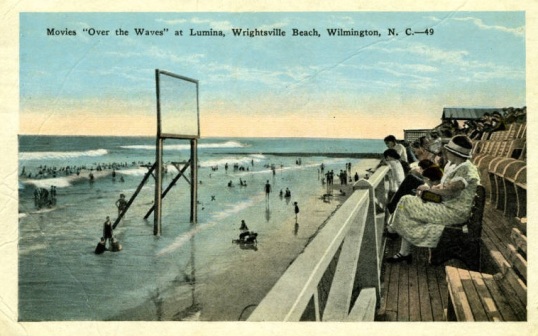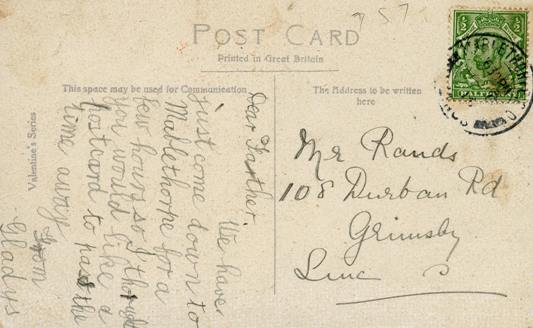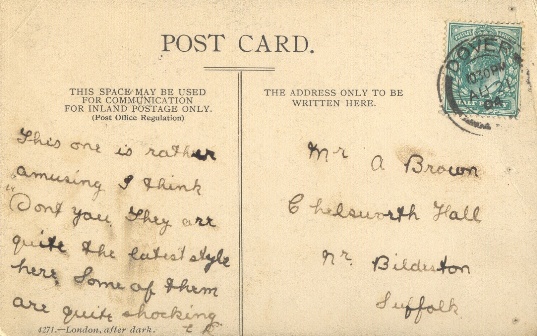Source: ‘The Cinematograph’, The Sheffield & Rotherham Independent, 27 February 1896, p. 2
Text: Our readers may probably remember the old “Wheel of Life,” and they are more likely still to be familiar with Edison’s kinetoscope. An instrument which is a further development of the principle of both these inventions is now on show in London, which is as far ahead of the kinetoscope as the kinetoscope was of the wheel of life. This is the cinematograph, which may be seen any day from 2 p.m. onwards at the Marlborough Rooms, in Regent Street. It is the invention of Messrs. August and Louis Lumiere, and is now shown for the first time in England, although it has been attracting crowds in Paris for a month past. It is impossible to describe the extraordinary effects produced. You enter a hall which is darkened, and where you can sit in comfort, without screwing up your eyes and peering (in a very uncomfortable position as was the case with the kinetoscope) into two tiny holes. At the end of the hall is a large white screen upon which the pictures are thrown, and the illusion is so complete that you appear to be looking through a window at something actually occurring in the next street. First of all you are shown a factory. The gates are open. Then the girls pour out, laughing and (apparently) talking. Then a boy comes out, jumps on a bicycle, and rides off. Suddenly a pair of doors are thrown back, the crowd opens, and a brougham is driven out, and so on. Then you are shown a railway station; a train is seen in the distance. It comes nearer and nearer. You see the steam from the funnel and valves, and you can almost imagine you hear the puffing of the engine. The train comes to a stand, the passengers jump out, and the whole platform is full of life and activity. Porters rush up and down, and the arrivals are greeted by their friends. Then the scene changes to a garden. The gardener has a hose in his hands. He turns a cock and you see the spray as it leaves the hose, flying all over the trees and shrubs. Then there comes a little comic relief. Somebody comes behind the gardener, and tilts up the hose, and sends the water into his face, blowing his hat off. After this comes a picture of three men playing at écarté. They are smoking, a whiffs of smoke from their cigarettes are seen in the still air curling round their heads. They shuffle and deal the cards, the stakes are paid over, the loser looks glum, and the winner slaps him on the back. But the most extraordinary and remarkable scene is the last. You are apparently looking at the sea. The long rollers come tumbling in. A party of bathers run along the springboard and take headers. The waves dash against the rocks, the foam flies up into the air, and you expect every moment to see the water pouring into the hall. There are other pictures shown, all of which are interesting, and the exhibition is of so entirely novel and pleasing a character that it will well repay a visit, affording as it does remarkable evidence of what science can do to deceive the senses.
Comments: The Lumière Cinématographe projector premiered in the UK at the Marlborough Hall within the Polytechnic Institute in Regent Street, London on 20 February. The ‘large’ screen was 6 feet by 4 foot 6 inches. The films described are Sortie de l’usine (1895), L’arrivée d’un train (1896), L’arroseur arrosé (1895), Partie d’écarté (1896) and Baignade en mer (1895). The ‘Wheel of Life’ is another name for the Zoetrope. My thanks to Deac Rossell for bringing this account to my attention.




